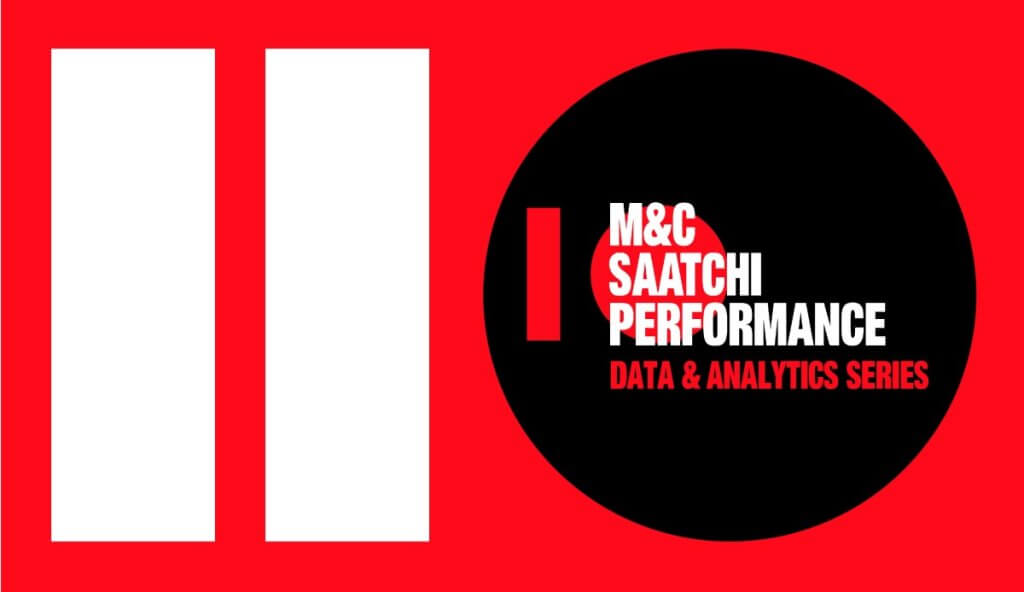
Today, when every click, view, and interaction matters, businesses strive to understand which marketing efforts are truly effective. Enter attribution modelling— a proven methodology that unveils hidden insights about a customer’s journey, enabling marketers to allocate their resources with laser precision to achieve desired business outcomes.
Imagine this: a web of touchpoints, each playing a unique role in the customer’s decision-making process. Attribution modelling steps in, considering multiple touchpoints across different channels, and assigning relative credit to each interaction based on its influence. It’s like recognising the unsung heroes who quietly nudge the customer towards the ultimate goal.
There are several common attribution models used in marketing, each with its own strengths and limitations. Let’s have a look at some of them.
Popular Attribution Models in Marketing
Last-Click
The final touchpoint steals the spotlight, taking all the credit for the conversion. It’s straightforward but fails to consider the role of other touchpoints that paved the way.
First-Click
The credit goes to the touchpoint that introduced the customer to the brand. It’s great for understanding lead generation but overlooks the impact of subsequent interactions.
Linear
Every touchpoint gets an equal share of credit, like a democratic distribution. It’s fair, but it doesn’t account for variations in touchpoint effectiveness.
Time Decay
The closer the touchpoint is to the conversion event, the more credit it receives. It acknowledges the power of proximity but disregards the early influencers.
Position-Based
A tale of two touchpoints—the first and the last. Each receives 40% of the credit, while the remaining 20% is divided among the touchpoints lying in between. It’s a nod to the significance of the opening and closing acts, but that also means the ones in between get significantly less credit.
Attribution modelling is not a one-size-fits-all solution. It requires careful consideration of industry dynamics, customer behaviour patterns, and the specific goals of your business.
The attribution landscape promises greater opportunities in the future. Let’s explore what lies ahead.
What Does The Future Hold For Marketing Attribution?
Marketing attribution is undergoing a transformative shift with the emergence of cookieless tracking. Cookie deprecation has become a reality due to privacy concerns. As a result, the digital marketing and advertising industry is set to enter a new era where cookieless attribution will take centre stage.
This involves collecting and analysing user data without relying on traditional browser cookies. Some factors that have caused this shift are:
- Privacy Regulations: Stricter privacy regulations, such as GDPR and CCPA will continue to limit the use of third-party cookies and promote alternative tracking methods that prioritise user consent and data privacy.
- Technology Advancements: Innovations like Google’s Privacy Sandbox will keep introducing privacy-preserving solutions to replace third-party cookies. Technologies such as FLoC and Turtledove group users based on browsing habits while maintaining anonymity.
- Contextual and Probabilistic Attribution: With limited user tracking, marketers will turn to approaches that offer insights into campaign performance without relying on personally identifiable information. Contextual attribution analyses content and context, while probabilistic attribution uses statistical modelling to estimate the likelihood of a touchpoint leading to a conversion.
- First-Party Data and Identity Solutions: Marketers will rely more on first-party data collected directly from their websites and apps.
The future of marketing attribution in a cookieless environment emphasises privacy, user consent, and data protection. While challenges exist, the cookieless future presents an opportunity for marketers to prioritise privacy and deliver personalised experiences at the same time.
First-Party Cookies vs. Third-Party Cookies
| First-Party Cookies | Third-Party Cookies |
| Set by the website the user interacts directly | Set by domains other than the website being visited |
| Enhance browsing experience, remember user preferences, personalise content, maintain sessions | Primarily for advertising and tracking |
| Records user interactions within the website | Tracks user behaviour across multiple websites |
| Generally considered less invasive, used by the website itself | Raised privacy concerns, potential for intrusive tracking and profiling |
What are Some Privacy-First Attribution Solutions?
Privacy-first attribution solutions respect user privacy while providing valuable insights into campaign effectiveness and customer behaviour. Let’s dive into the approaches gaining traction:
- Aggregated and Anonymised Data: These models analyse data patterns and trends rather than individual user identities.
- Differential Privacy: This mathematical framework injects controlled noise into data, making it difficult to identify individuals.
- Federated Learning: Machine learning models are collaboratively trained across devices or servers without transferring raw user data.
The adoption of privacy-first attribution solutions requires a shift in mindset, prioritising user consent, transparency, and data protection.
The Power of Consolidated First-Party Data for Accurate Attribution Insights
Unlocking accurate attribution insights is the key to success and the secret lies in consolidating first-party data—the treasure trove of customer behaviour insights that marketers yearn for. Here’s what it offers you:
- Ownership and Control
- Cross-Channel Insights
- Data Quality and Accuracy
- Enhanced Personalisation
- Holistic Customer View
- Optimisation and ROI
How to Craft a Dynamic Attribution Strategy?
With ever-changing consumer behaviours, evolving privacy regulations, and technological advancements, marketers need to stay agile and responsive. Here’s how you can develop a dynamic attribution strategy that keeps you ahead of the curve:
- Clear Objectives: Define your marketing objectives and what you aim to achieve through attribution, whether it’s measuring conversions, optimising campaigns, or understanding customer journeys.
- Embrace the Mix: Don’t put all your attribution eggs in one basket. Instead, embrace multiple attribution models to gain a comprehensive understanding of touchpoint impact.
- Test and Learn: Experiment with different models, methodologies, and data sources to evaluate their effectiveness in capturing the true impact of your marketing efforts.
- Technology Advantage: Leverage advanced analytics tools and technology solutions to gather and analyse attribution data effectively.
- Data Quality: Implement robust practices to ensure data integrity. Regularly cleanse and validate data, eliminating duplicates, inaccuracies, and inconsistencies.
Working With M+C Saatchi Performance
At M+C Saatchi Performance, our Data, Analytics, and Tech services are dedicated to leveraging the power of data, helping brands thrive in a privacy-first world. With deep expertise in wrangling and analysing diverse data sets, we provide actionable insights, advanced analytics, and future-proofed, cookieless measurement solutions.
Our commitment to speed, accuracy, and transparency ensures that businesses can make informed decisions, optimise their strategies, and drive continuous growth. Partner with us to unlock the full potential of your data and navigate the evolving landscape of privacy-centric marketing.

